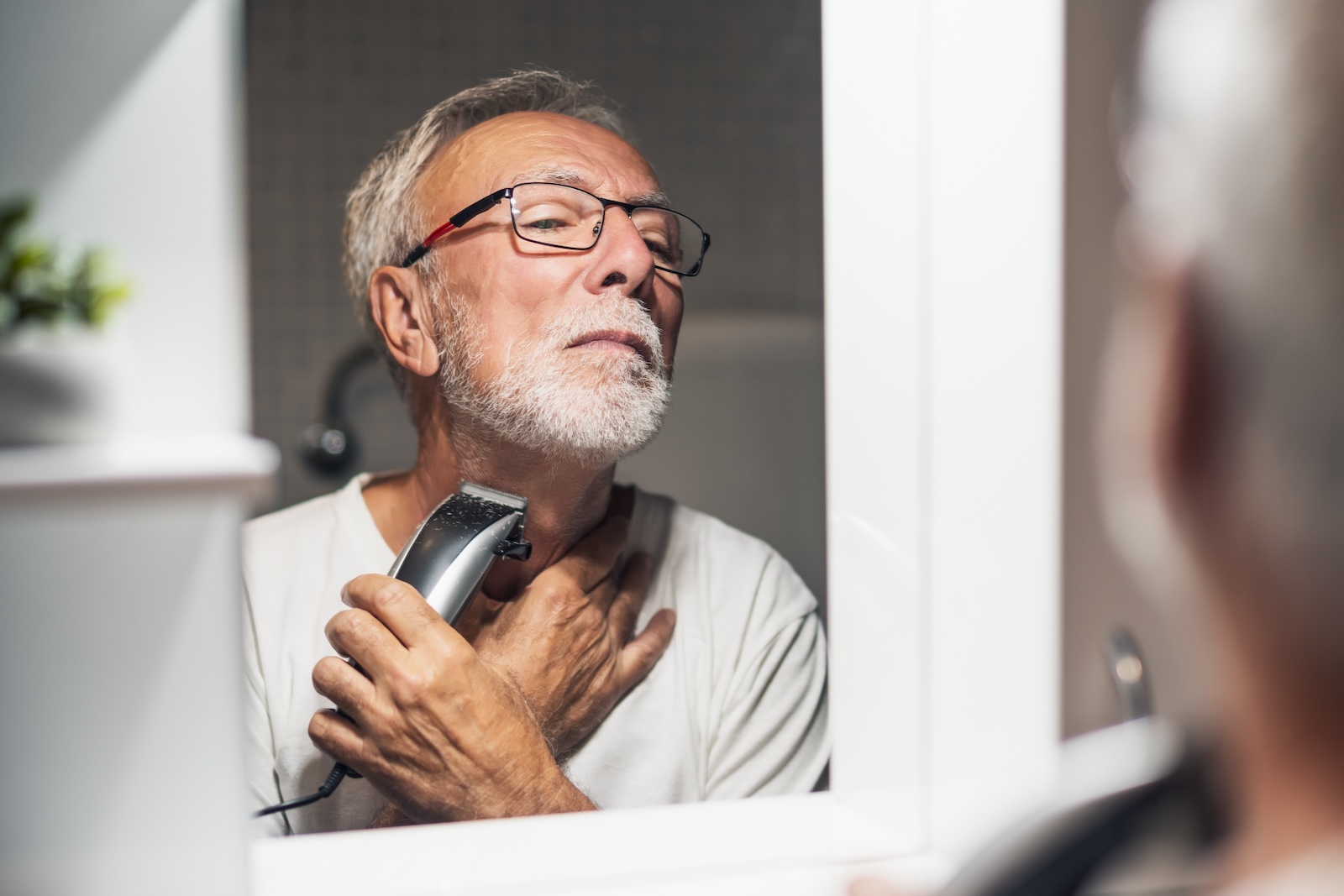Magazine
A Guide to Your Face: Treatments for Every Area

The Ancient Greeks would read one’s personality through the characteristics of their face. The practice was known as Physiognomy and it fascinated even Aristotle himself. There are even traces of the practice in India and China. However, in our modern times, we have a slightly different way of mapping areas in our face, and even more importantly, we have mastered treatments for each part of our face, with the specific care it needs. So while the characteristics of your face might not say a lot about who you are as a person, they definitely have a lot to tell about your skincare, type of skin, and the nourishment they might need. For easier navigation, we’ve prepared this user-friendly index, so you can properly read and approach each and every of your facial zones.
Where the Oil is – Your T Zone
Perhaps the most familiar facial zone, is your T Zone. It includes your forehead, the bridge of your nose and the nostrils area. Its name, of course, has to do with the shape of the area. Since this area is richer in oil glands, it secrets more sedum, thus, creating an oiler surface. This has nothing to do with your skin type (which you can determine here), all T Zones are oiler relatively to the rest of the other facial zones.
How will you know if your T Zone is too oily? Well, there are two ways to know. First, if your forehead or the bridge of your nose look shiny, they’re probably oily. The second sign would be the appearance of breakouts. This occurs when your sebaceous glands produce an excess of sebum. If you’re still unsure, you could use the blotting paper test. While those papers were meant to absorb the oiliness of your skin, they’re also very useful if you need to examine your skin. If you simply dab a blotting paper on your T Zone and it appears to be dirty, then you are most likely suffering from an oily situation.
What can you do about it? Other than having a regular routine of rinsing your face twice a day, drying it with a clean washcloth (without rubbing your face, simply using light strokes) and applying a suitable face cream, you can also use a face mask. Particle’s face mask is clay-based, which makes it one of the ideal treatments for oilier zones. It also assists in reducing blackheads, the appearance of skin blemishes and the visibility of pores (which tend to be larger in the T Zone).
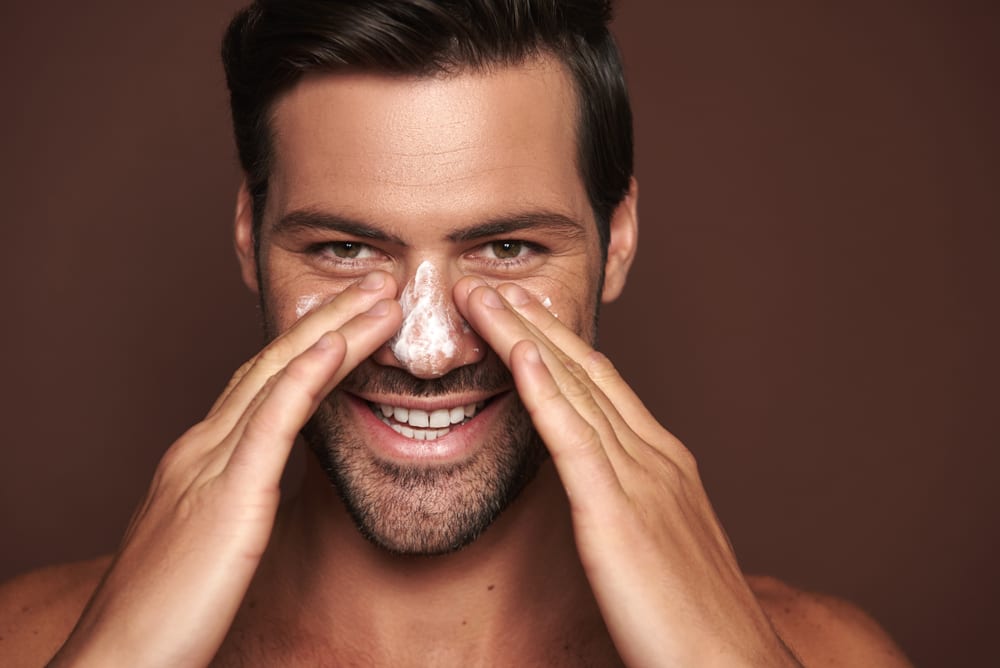
The bridge of your nose and the nostrils area
No U-Turns – Treatments for Your U Zone
Similarly to the T Zone, the U Zone is pretty much named after the shape of the areas the zone is comprised of; that is, the chin and cheeks. Studies have shown that this zone tends to be much less oily, which is why, if you’re suffering from an acne breakout in this area it is usually induced by a local stimulation. This type of acne is known as Acne Mechanica, and can occur when an object such as a phone or other equipment is infected with different bacteria and rubs against your skin. Obviously, this type of acne can appear in other facial and bodily parts, however, since the U Zone is not prone to oiliness, when such breakouts appear, Acne Mechanica is commonly the answer.
What can you do about it? It’s generally a good idea to maintain proper hygiene, but when it comes to your U Zone, this rule is an absolute must. Specifically for men, the U Zone is usually covered with a beard or a stubble, which can make it even more sensitive that usual. That is, the skin in this area is more delicate, which is why it scars and bruises quite easily. Make sure you shave with care and consider the particular sensitivity of this zone. Hygiene is especially important if you’re more of a beard person, and we advise washing your face more thoroughly, and when applying your face cream, make sure it reaches the skin beneath your beard.
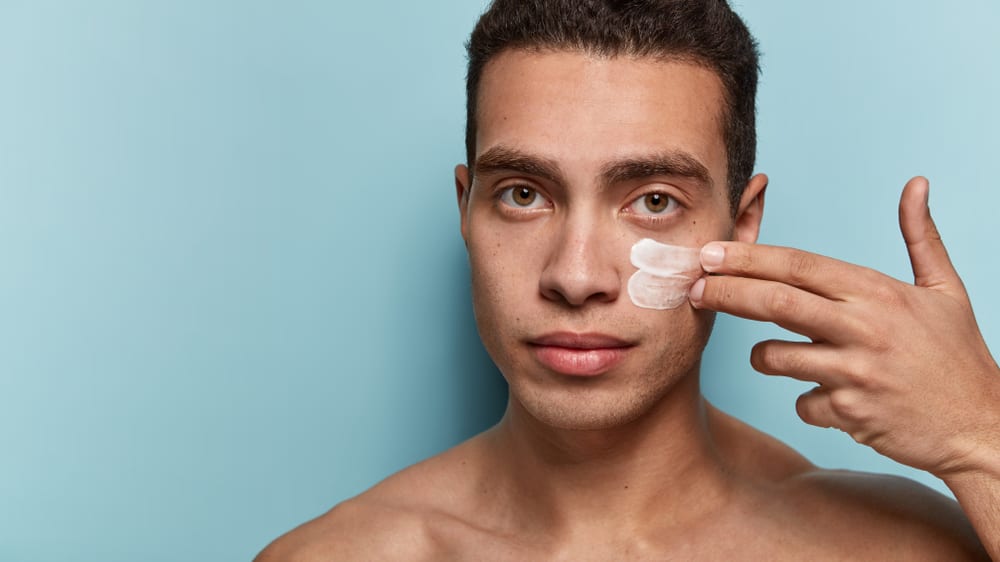
U Zone: the chin and cheeks.
Slightly Forgotten – The Jawline and Neck
These areas tend to be more neglected as they are not as visible as the other two. However, a great number of people, especially men, suffer from breakouts and other skin blemishes around their jawline and neck. Most of those are induced by incorrect shaving, faulty or unclean shaving equipment, but also a lack of proper hygiene. Still, other than the prospect of suffering from acne, the skin of your jawline and neck is also prone to sag more than any other.
What causes droopy or saggy neck skin? You may have heard people refer to them as ‘jowls’, but didn’t quite know what they meant. Jowls are skin tissues on your neck and jawline that as the aging process occurs become drier and thinner, therefore, losing their form and firmness. As the skin naturally loses its elastin and collagen, it begins to sag and wrinkles more easily.
What can you do about it? For the first risk, which is cuts, scars and acne caused by shaving, hygiene and proper skincare would do the trick. And risking the chance of sounding repetitive, whatever you do – do not give up on your morning and night face rinse and cream. However, for the second concern this facial zone poses, you might actually want to consider facial exercises. Some of those exercises include yawning, chewing and curling your neck to your chest and back up. The right formula is probably a combination of the two.

Don’t forget your jawline and neck
The Full Picture
There are plenty of things you can do to ensure you maintain a healthy skincare routine, but you should also know and familiarize yourself with your facial zones. While it’s true that the basic rule of proper hygiene and a suitable face cream applies to every type of skin and every face, there are other considerations. It’s a good thing that Particle has you covered, no matter what.
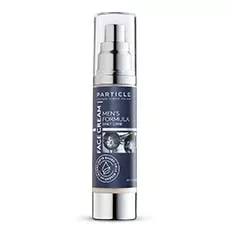
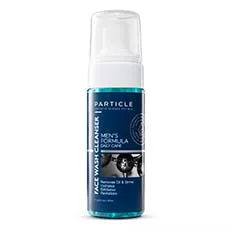
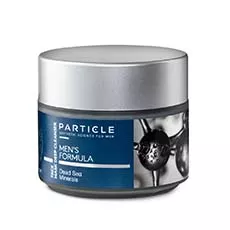
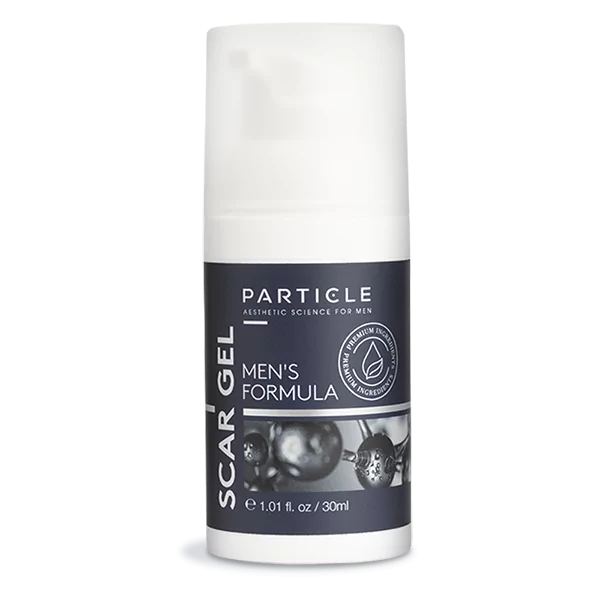
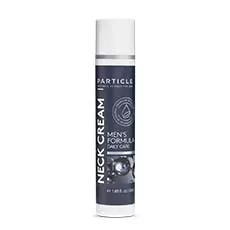
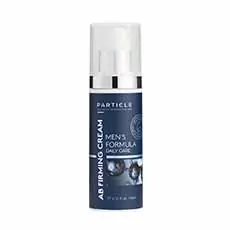
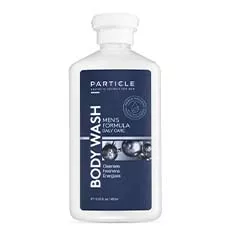
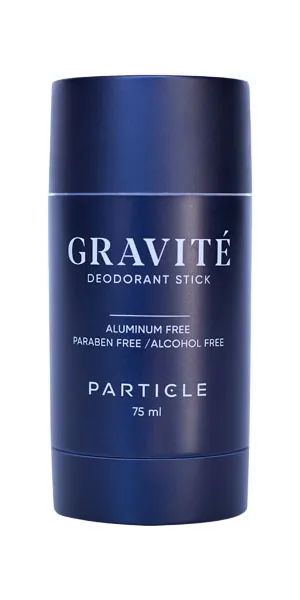
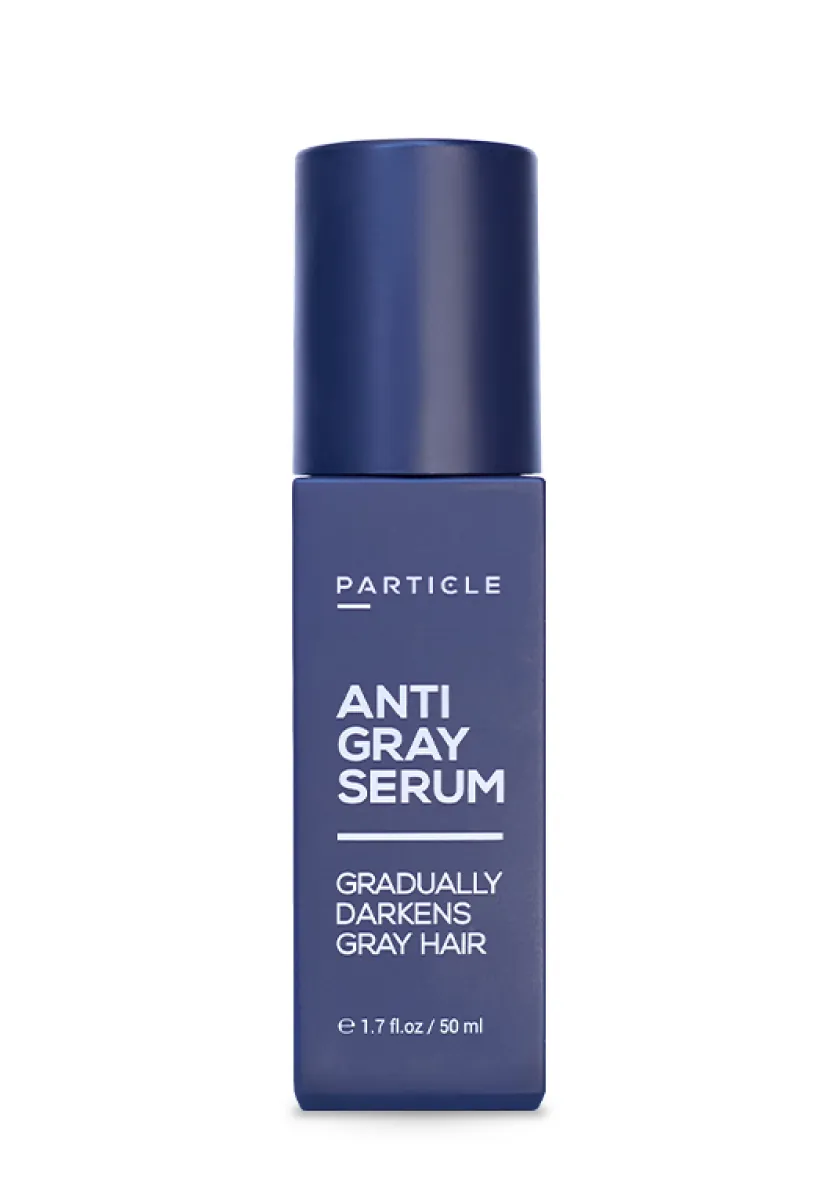
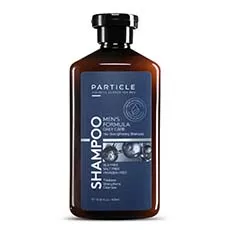
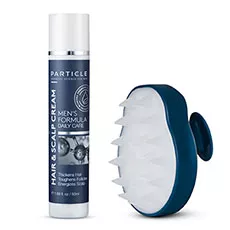
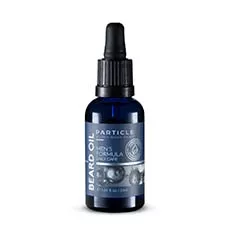
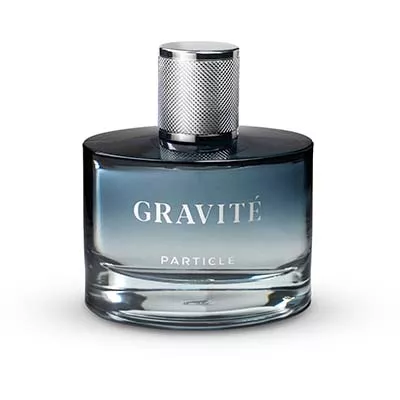

 ca
ca














